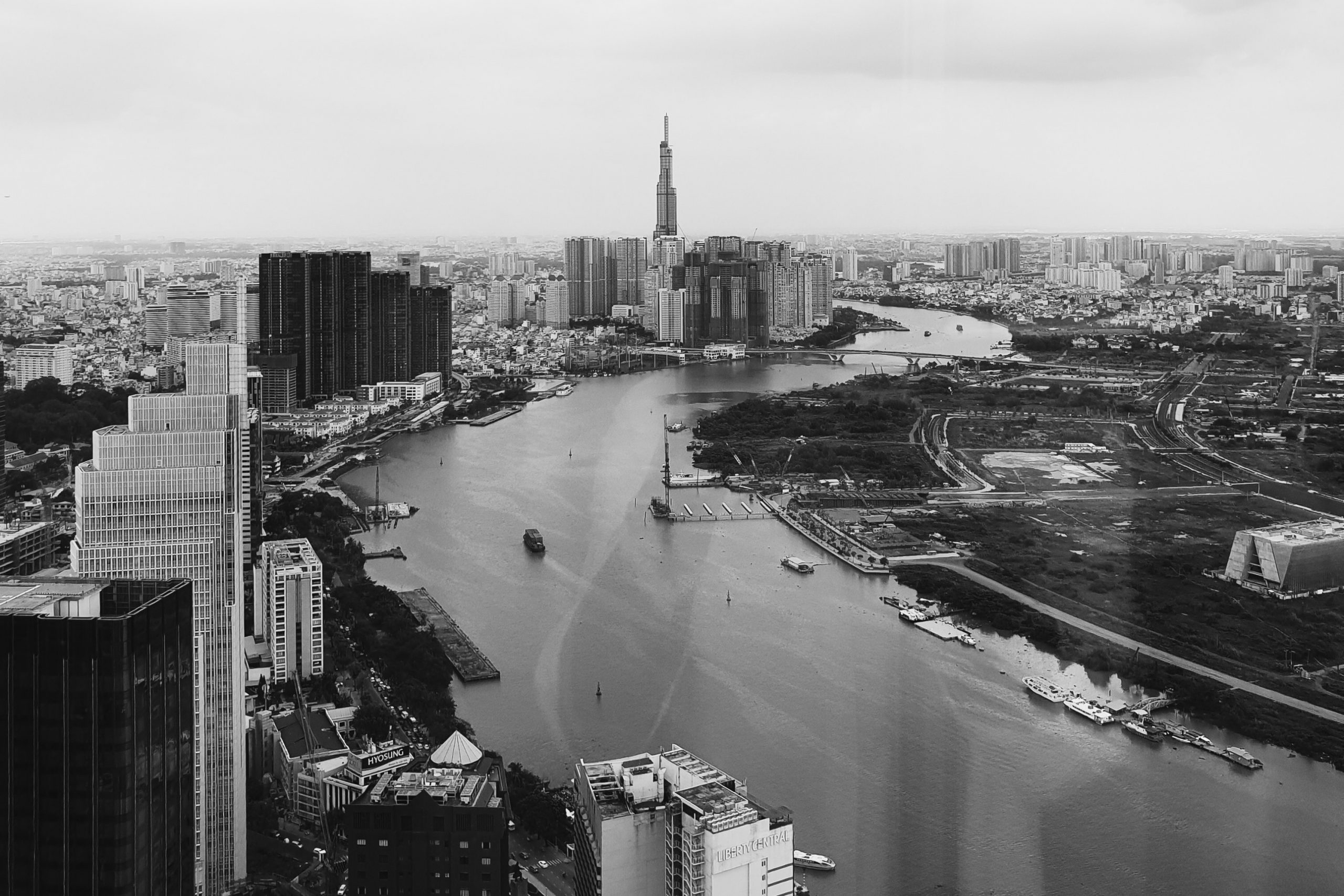A national wish-list on foreign direct investment attraction for 2021-2025 is in the making, with limitations in implementing similar lists in the past raising thorny questions on what must be done to charm foreign investors, reported the Vietnam Investment Review (VIR)
The Ministry of Planning and Investment (MPI) has been attempting to shed some light on the situation. One of the most radical reasons for the current status is that some projects in the list have turned out to be unfeasible for implementation due to changes in market situation, technology, or planning scale.
According to the MPI, the national investment wish-list is one of the most important documents to increase exposure about Vietnam’s investment environment, set orientations for investors in seeking business opportunities in Vietnam, and increase transparency.
To fix the shortcomings stemming from the previous list, the MPI has set clear principles that such projects must be aligned with Vietnam’s socioeconomic development orientation in the new era.
Along with this, foreign investment flow is expected to entail benefits to investors, the Vietnamese state, and the host country’s economy in economic, social, and environment aspects.
The new wish-list is also devised following an “open” format, signifying that it is subject to be updated and revised on an annual basis to match the social and economic development situation in each development stage.
This represents a stark difference compared to former stricter formats which had led to the situation of many projects not being able to allure investors due to changes in their planning scale, and relevant policies and mechanisms.
The criteria on choosing investors for the wish-list are clearly set under chosen projects and fields that must closely follow government guidance in Resolution No.50-NQ/TW of the Politburo on promoting foreign investment efficiency.
Accordingly, the focus is only on major national focal projects, those by strategic investors and multinationals, and those on the establishment of research and development and innovation centres.
On the radar are also ventures promoting inter-regional links and those with organic connections with other domestic areas, helping to bring forth comparative advantages of the country and the regions, matching the orientation for economic restructuring and gearing towards sustainable development.
“Especially, only projects which have completed site clearance work or present no difficulties in site clearance will be selected to ensure the implementation efficiency,” an MPI leader stressed.
Based on 332 proposed projects by ministries, sectors, and localities, and the set criteria, the MPI has compiled a wish-list consisting of 159 projects with total committed capital value reaching $86 billion for submission to the government. Transport accounts for 34 projects; agro-forestry-fishery 37 projects; production and services 17 projects; industrial zone infrastructure 24 projects; 14 projects in culture, sport, and tourism; nine energy projects; nine IT projects; eight projects in waste and wastewater treatment; and education-healthcare will see seven projects, according to GBS




